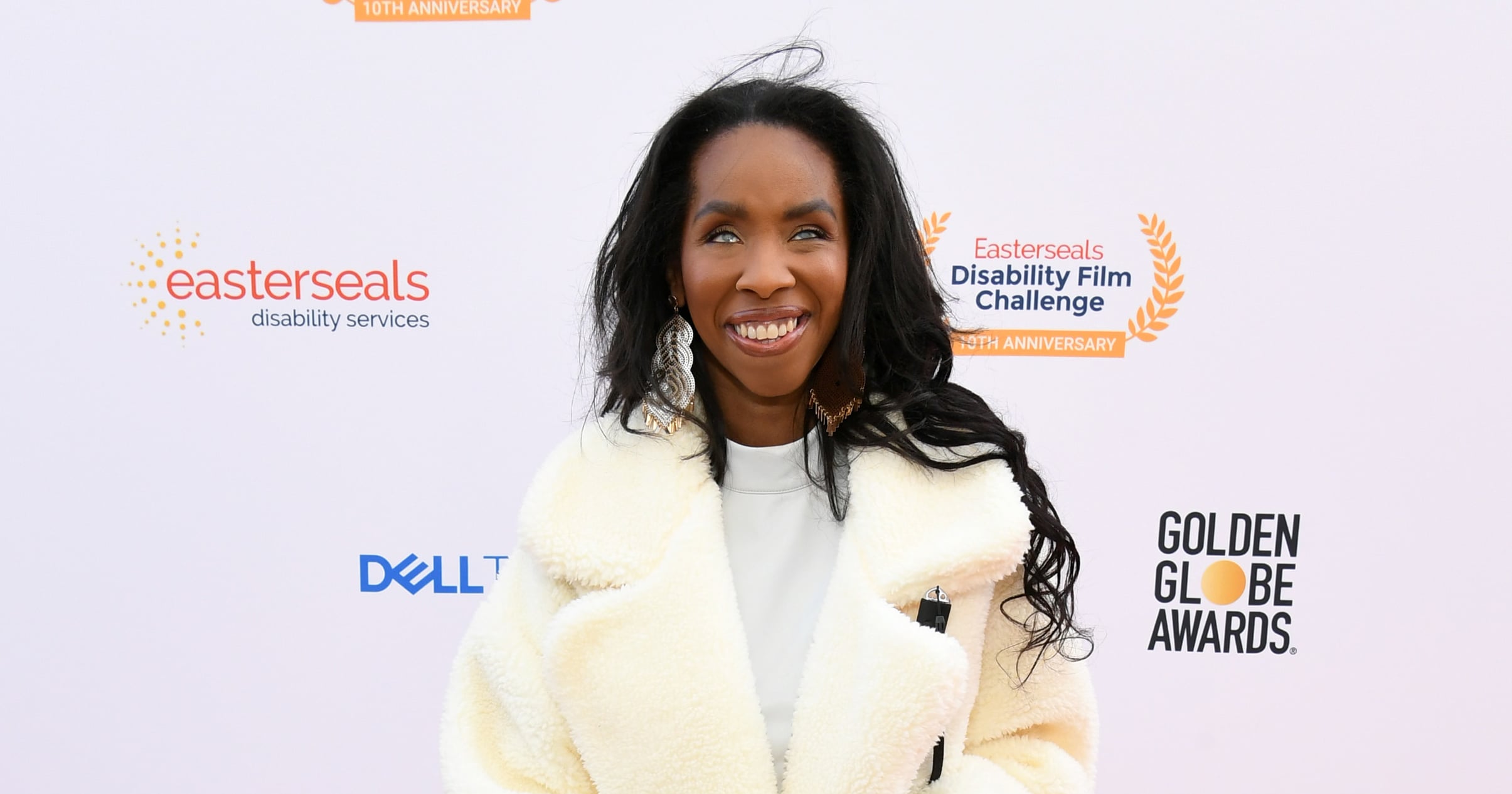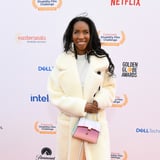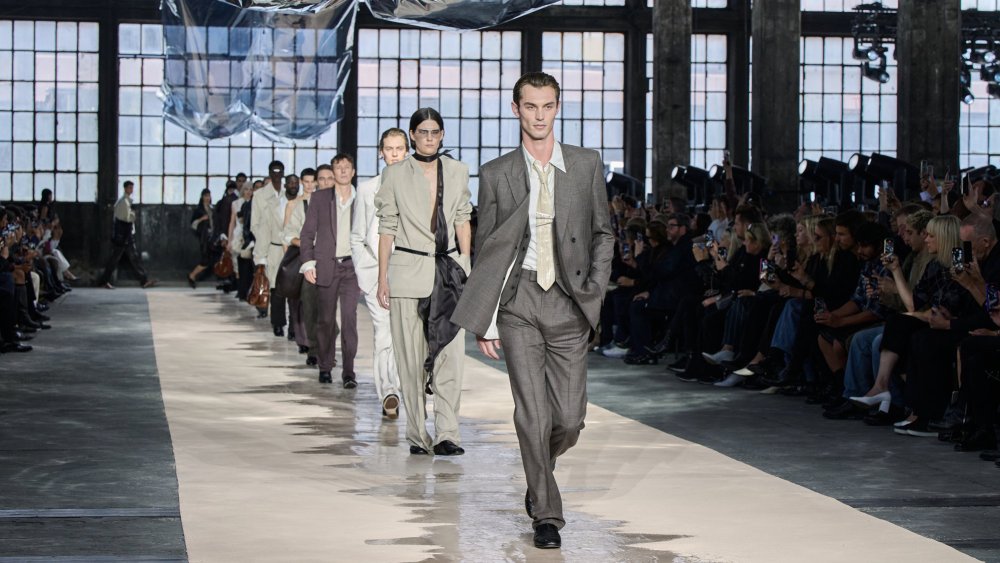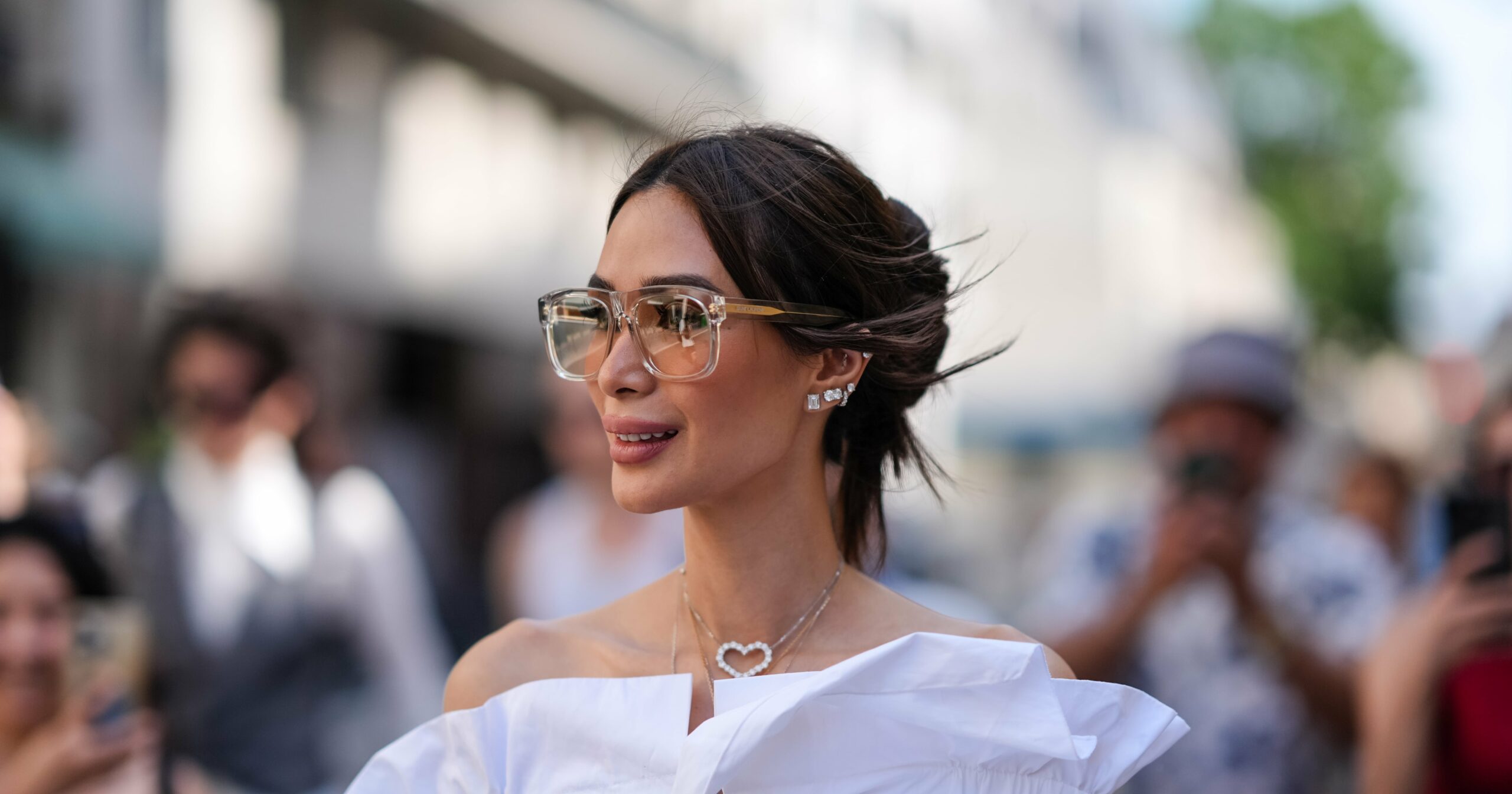When I was younger, I felt like I had all the confidence in the world. If you were to ask my parents to describe me in one word as a child, they would both say fearless. My family loves to tell the story of how my uncle got all us cousins together and told us he would give money to the best dancer. So, of course, little Natalie got out there and danced until she won the money. That was me: a little girl with big dreams and a lot of guts. But trauma has a way of stripping you of all the things that made you strong and leaving you with just a shell of who you used to be.
Trauma has a way of stripping you of all the things that made you strong and leaving you with just a shell of who you used to be.
I’ve been thinking about that a lot as we’ve been celebrating Disability Pride Month this July. If I’m being honest, I haven’t always had disability pride. In fact, I spent many years wanting to hide and trying to make myself as invisible as possible. When I first started losing my vision around 12 years old, there wasn’t any representation in the media of young blind people. And whenever you did see someone blind, they were always portrayed with the stereotypical dark sunglasses – alongside a woe-is-me narrative. I didn’t relate to that version of blindness, which only added to a feeling that I didn’t belong.
I really started to notice my self-esteem dwindling in middle school. My eye disease, which the doctors called uveitis, was affecting me in such a chaotic way. They said the uveitis stemmed from my juvenile rheumatoid arthritis (JRA), which I was diagnosed with at the age of 1. My vision fluctuated in those pre-teen years, and I would sometimes have six good months of eyesight and sometimes six bad months. During the bad months, my vision would appear as if I were looking through a dark cloud and objects would constantly go in and out of focus. I was on Enbrel, a medication my mom had to inject into me via a needle, and I was also on prednisone, a corticosteroid. This caused me to have unflattering marks on my legs; I gained weight, and developed chubby cheeks, which made me a target for bullying and teasing.
One day particularly stands out: I showed up to middle school in one of our cheer outfits, which consisted of a matching shirt and shorts. One of my fellow cheerleaders took one look at me and said, “Wow, you look different,” and then proceeded to snicker with a group of other girls. This is when I realized I was now on the outside. And from that day on, things got worse. It didn’t matter what I wore, what I said, or how I wore my hair; someone was going to find something to make fun of me about.
Looking back, I didn’t know how to process all of that, and I didn’t even realize I was depressed at the time. I just knew having to show up every day for school in such a negative environment was draining me mentally and emotionally.
I continued cheerleading in high school. (I know what you’re thinking: I should’ve just stayed far away from cheer. We never learn our lesson.) One day, another cheerleader made a nasty remark – she said that I looked like I had a disease. I’d just gotten through explaining why I wouldn’t be able to run the extra mile that day because of a JRA flareup.
It was devastating for me. That statement stuck with me for a long time; in truth, I feel I’m still recovering from it. After those experiences, I started to develop social anxiety. I believed that everyone saw me as the girl who looked like her disease.
I was somehow unconsciously able to fight against hiding my disability.
The most interesting thing about my self-confidence journey is that I have never tried to hide my eyes. After all the things that I went through, I still managed to show up, my eyes visible, every single time. When I fully lost my vision at 18, I didn’t have a high sense of self. I had completely let the words of others beat me down and it made me insecure about the way I looked. But I was somehow unconsciously able to fight against hiding my disability, especially once I got comfortable using my white cane.
But what really helped me on my disability pride journey was learning that a month for us even existed. In 2020, when we celebrated the 30-year anniversary of the Americans with Disabilities Act, I saw a huge influx of disability representation online. I also was invited to be part of an ADA 30 celebration article highlighting disabled creatives. It was then that I met and could appreciate other disabled individuals who were fun, exciting, and sexy. I never saw myself as an attractive person, but that opportunity allowed me to see myself in a different light.
I was viewing beauty based on society’s perception of blindness. But what I wasn’t taking into consideration was how I felt about myself. And when I became more confident in my disability and started to be more independent, I really started looking inward. I was able to be more passionate about fashion and wearing things that made me feel sexy – sexy meaning the way I carried myself, how I showed up in a given space. I believe that energy was felt by those around me. People started to compliment my clothing, accessories, and even my eyes. I can’t tell you how many people have asked if my eyes were contacts and where I got them because they’re so pretty.
This is why disability representation in media and storytelling is so important. We need to see ourselves portrayed authentically. And we are authentically brilliant, interesting, powerful, sexy. So, if you are disabled and not feeling especially prideful this month, let me encourage you that that’s OK. It’s all a process, and you don’t have to get to the finish line right away. As you can see, it took me a while, too.
There’s a beautiful Bible verse that talks about receiving beauty for ashes, which has always deeply spoken to me. I feel I’m in a place where I can finally trade in the ashes I’ve been carrying around for so long and embrace the beauty that has always been within me.
Natalie Trevonne is a writer, fashion designer, and accessibility consultant who has been featured for her work by Essence, Cosmopolitan, Fox Business, and PS. As a legally blind writer and creator, Natalie uses her disability to speak up/speak out for equal representation in the entertainment and fashion industries. She’s a LinkedIn top voice for disability advocacy and was the first blind fashion designer in the metaverse.



